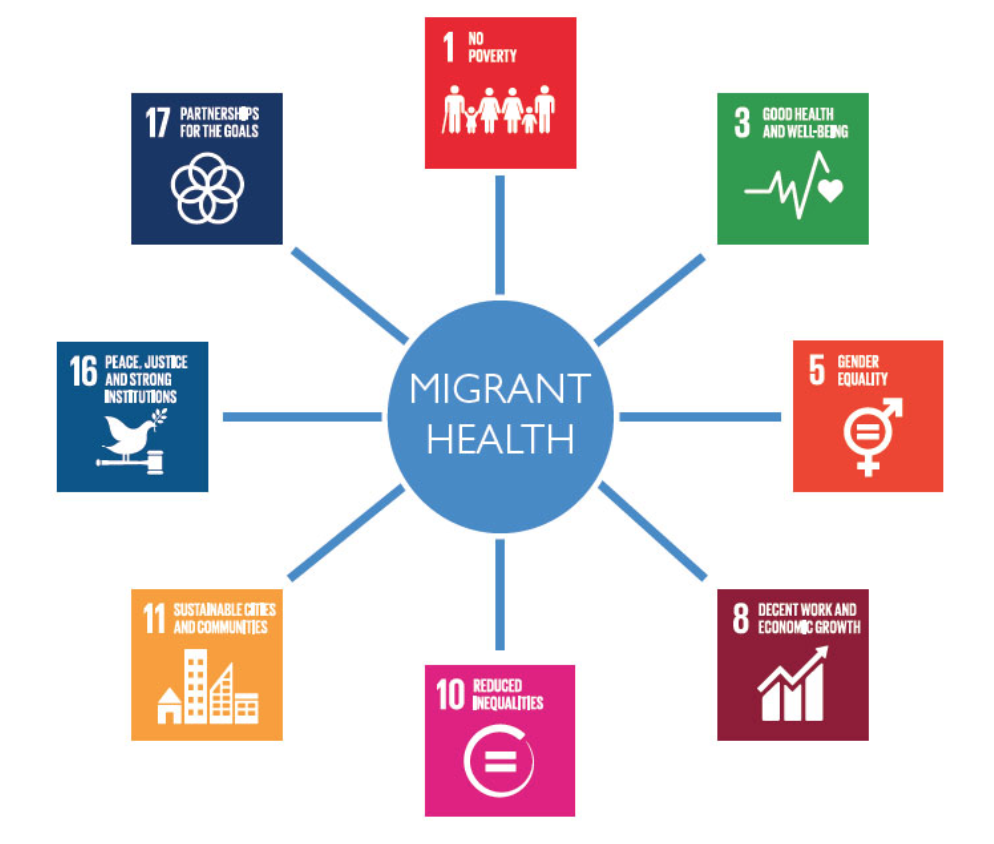On November 18th, a special session dedicated to the SoBigData Research Infrastructure was held as part of the second edition of the International Forum on Digital and Democracy, a two-day conference which has the purpose of convening academics, researchers and policymakers to discuss the relationship between digital technologies and democratic institutions and to debate and exchange information, ideas and good practices about Digitalization and Democracy.
The new version of scikit-mobility includes a “data module” to access and download ready-to-use mobility datasets and upload new ones to the collection!
As data scientists, we all know the convenience of having ready-to-use datasets at your fingertips. When performing exploratory data analysis (EDA), testing hypotheses, and prototyping models, nothing can beat having preprocessed and reliable datasets for experimentation.
An accurate estimate of athletes’ body composition may vary in accordance with the different assessment techniques used.
 Most studies on immigrant health focus on immigrant groups coming from extra-European and/or low-income countries. Little attention is given to self-rated health (SRH) in the context EU/EEA migration. To know more about health among European immigrants can provide new insights related to social determinants of health in the migration context.
Most studies on immigrant health focus on immigrant groups coming from extra-European and/or low-income countries. Little attention is given to self-rated health (SRH) in the context EU/EEA migration. To know more about health among European immigrants can provide new insights related to social determinants of health in the migration context.
|
Popular social media applications on smartphones (e.g. Facebook, Instagram, Twitter) enabled the creation of an unprecedented amount of user-generated content. Social media can be useful to extract valuable information concerning human dynamics and behaviors, such as mobility. Popular events such as music festivals attract thousands of participants. From June 1, 2022 to July 31, 2022, for two months, I had a privileged opportunity to visit the SoBigData++ team at Pisa, Italy, led by Prof. Fosca Gianotti at Scuola Normale Superiore (SNS) and Prof. Dino Pedreschi at University of Pisa. This was part of a program run by National Science Foundation (NSF), US that connects a PI in the US to a PI in the Europe with overlapping interests and partially supports the visit for research collaboration by paying airfares. The World Health Organization (WHO) announced on 11 March 2020 that the new coronavirus disease (i.e., COVID-19) could be classified as a pandemic due to its high contagion rate and the overall worldwide mobility. In an attempt to restrict and limit the spread of the disease, governments introduced restriction and confinement strategies that immediately affect peoples’ routines and usual activities [1]. Italy was one of the first European countries subjected to the pandemic state. |
